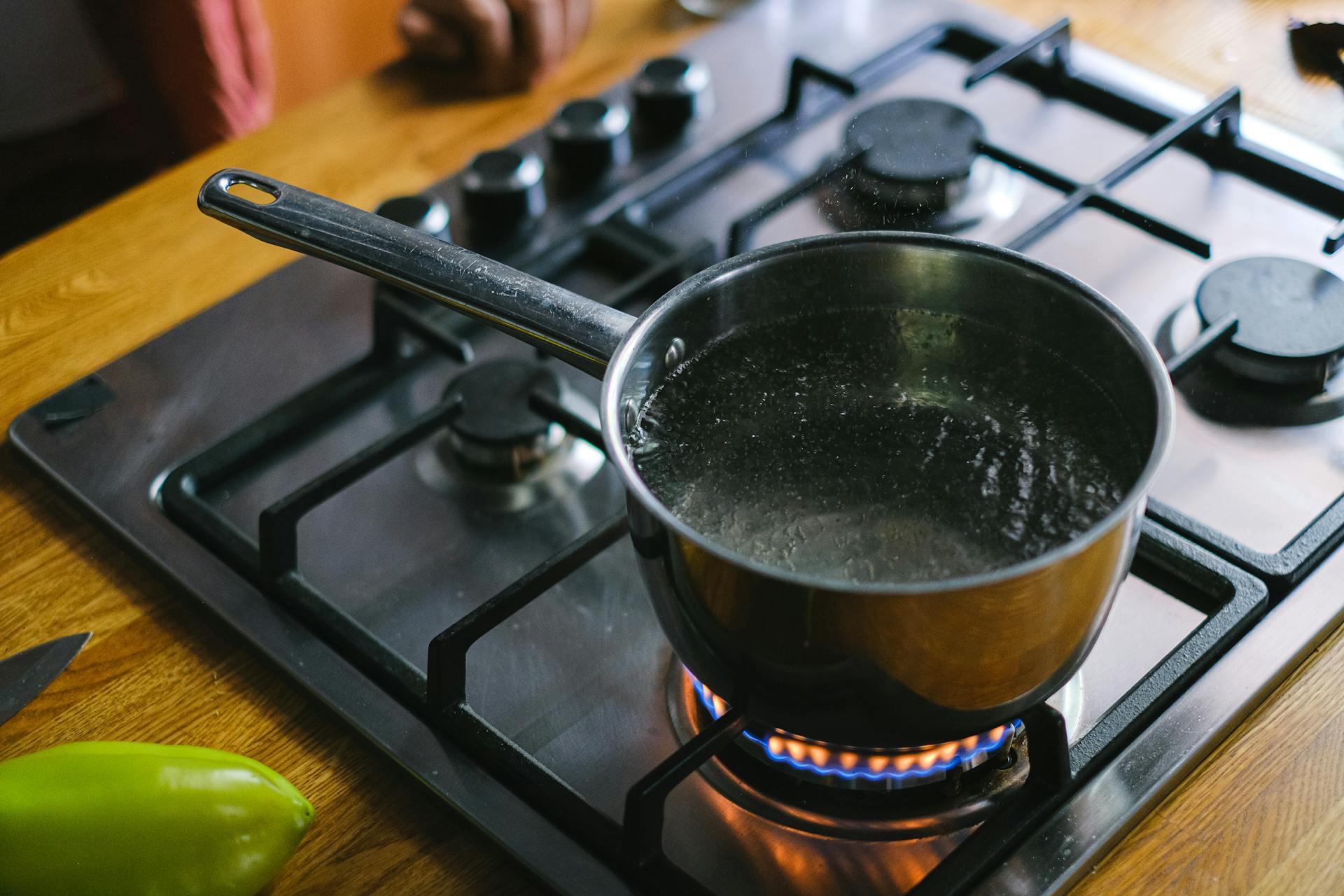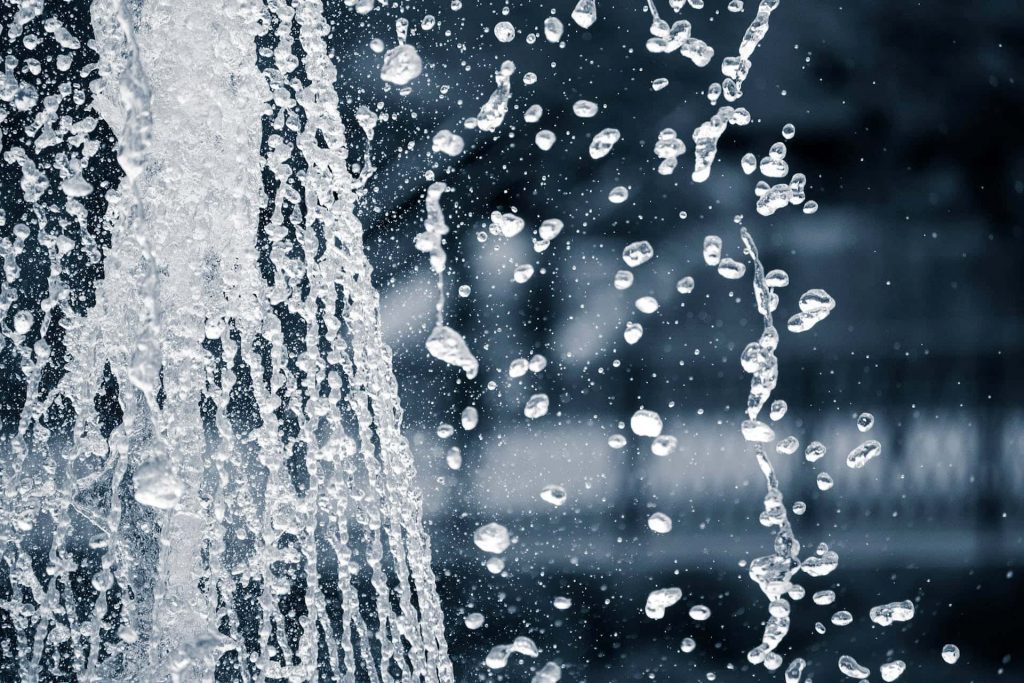Water quality is a major concern for a lot of people in the UK, and businesses are looking at ways to secure their business water supplies not only for the right price but also with certain guarantees of quality, given the financial implications of doing otherwise.
Over the past two years, the biggest story when it comes to British water is the investigations into non-compliance by many major water companies, the effects of which are disappointingly clear in a way that the water supply itself has not been.
There are various levels of contamination but one of the most serious is when a particular area is subject to a “Boil Water Notice” such as this example in Brixton on 18th May 2024.
This is usually a signifier of health concerns with water supplies, something that can affect some business applications of water beyond water coolers, bathrooms and drinking supplies, but what they entail, why they are enforced and the implications for business water rates are not always appreciated.
What Is A Boil Water Notice?
In some respects, a Boil Water Notice is exactly what the name suggests; any water that is intended to be used for drinking should be thoroughly boiled before it is used.
Specifically, it should be brought to a rolling boil, which in a pan is when large bubbles rise from the bottom of the pan and continue to form even when stirred; it is also the stage water will reach when you use a kettle to boil it until the kettle automatically switches itself off or starts to whistle in the case of a stovetop kettle.
Generally, you are advised to keep the water boiled for at least a minute, unless you are based in a high altitude area, usually defined as 6,600 feet above sea level or twice the altitude of Scafell Pike, the highest point in England.
This boiled water cooled down naturally and stored in the fridge in a clean container for no more than 24 hours, should be used in place of tap water for any purpose where it will reach the lips and mouth of a person or animal.
This means not only drinking water but also using water to wash your mouth, brush your teeth, make ice cubes, clean equipment used for feeding or preparing food, water used for drinking bowls and so on.
Clothes can be washed as normal, toilets can be flushed and showers can still be used, although people do need to be mindful to ensure that water does not enter the mouth. Dishes can also be washed but they also need to be carefully dried before they are used.
A Boil Water Notice is generally used on a case-by-case basis by a water company and they should be the first point of contact to check if water is safe to use for drinking purposes, particularly for retail businesses that serve food.
There is a more serious notice that is very rare where people in a certain area are advised not to use water altogether. In these situations, alternative supplies of water are typically provided or affected areas are instructed to drink bottled water instead.
In some cases, compensation will be offered for the inconvenience caused by a Boil Water Notice but this depends on each situation, and the greater the impact of a Boil Water Notice, the more likely it is that a customer will be compensated.
What Causes A Boil Water Notice?
A Boil Water Notice is typically issued when a monitored sample of water tests positive for a microbiological marker consistent with contamination.
This is typically a bacteria such as E. coli, or more recently parasites such as Cryptosporidium.
Cryptosporidium is found in sewage matter and water sources contaminated with such, such as lakes, streams, rivers and water sources that have not been treated adequately.
This parasite, similar to other stomach bugs, leads to stomach pains, nausea, fever, loss of appetite, vomiting and diarrhoea, potentially lasting over two weeks depending on the strength of your immune system.
What makes it particularly unpleasant is that there is an “eye of the storm” where a person’s symptoms improve during the course of the illness before returning a few days later.
The earliest precursor to the Boil Water Notice has its origins in The Great Stink of 1858, its connection to multiple devastating outbreaks of cholera in London, and how all of this affected public knowledge of hygiene and established germ theory.
Up until the 1850s, the prevailing theory about how disease pathogens spread was through miasma theory or the idea that poisonous air would spread and transmit disease.
By the mid-19th century, however, it was competing with the germ theory of disease, and a leading physician at the time, John Snow, offered the advice in 1849 that water should be filtered and boiled before it is used for drinking in order to avoid diseases like typhoid and cholera.
Unfortunately, he would die mere months before his theories started to be taken seriously, and eight years before the first public Boil Water Notice that was based on germ theory and a bacteriological consensus that is largely still agreed with today.
Whilst most Boil Water Notices are established as a direct result of a positive test for known sewage contaminants, there are other reasons they may be put into force, typically as an emergency at short notice.
The other main reason for a Boil Water Notice being issued is if there is a loss of pressure in the water system in question.
This is not always an indicator that there is contamination, but it opens the system up to potential infiltration by contaminants and pathogens, and if they do enter the water supply they end up putting customers at risk.
In other cases, weather emergencies, unplanned engineering works and other additional stresses on the water supply can lead to a Boil Water Notice being issued, although exactly who will issue these notices will depend on the water supplier in question and the nature of the issue.



